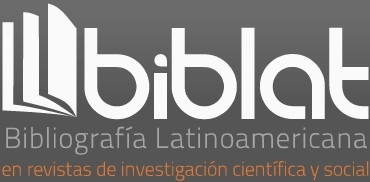The Clitic Reflexive as an Aspectual Marker in Spanish
DOI:
https://doi.org/10.35494/topsem.2000.1.3.414Abstract
The contrast of sentence pairs such as the boy drank milk (with “tomar”)/the boy drank milk (with tomarse), on one hand, and Juan went to Guadalajara (with “ir”)/Juan left for Guadalajara (with “irse”) on the other, allows us to observe as common to both cases the alternation between the presence and absence of the clitic reflexive. However, where we observe the difference is between the corresponding meanings. From a functional typological perspective (Hopper and Thompson, 1980), the sentences with the clitic formalize a meaning with a larger degree of transitivity than those without it, concomitant analysis, also with a preferably perfective interpretation in the first case and imperfective in the second.
If we now observe these contrasts in light of the analysis of inherent lexical aspect (Dowty, 1979; Foley and Van Valin, 1984 and Van Valin, 1990) involved in their sentences, we see that the constructions with the clitic have a sense of “accomplishment," associated with the perfective aspect and those without have it as an activity associated with the imperfective aspect.
Downloads
Downloads
Published
How to Cite
Issue
Section
License

Tópicos del Seminario is licensed under a Creative Commons Reconocimiento-NoComercial-CompartirIgual 4.0 Internacional License.














